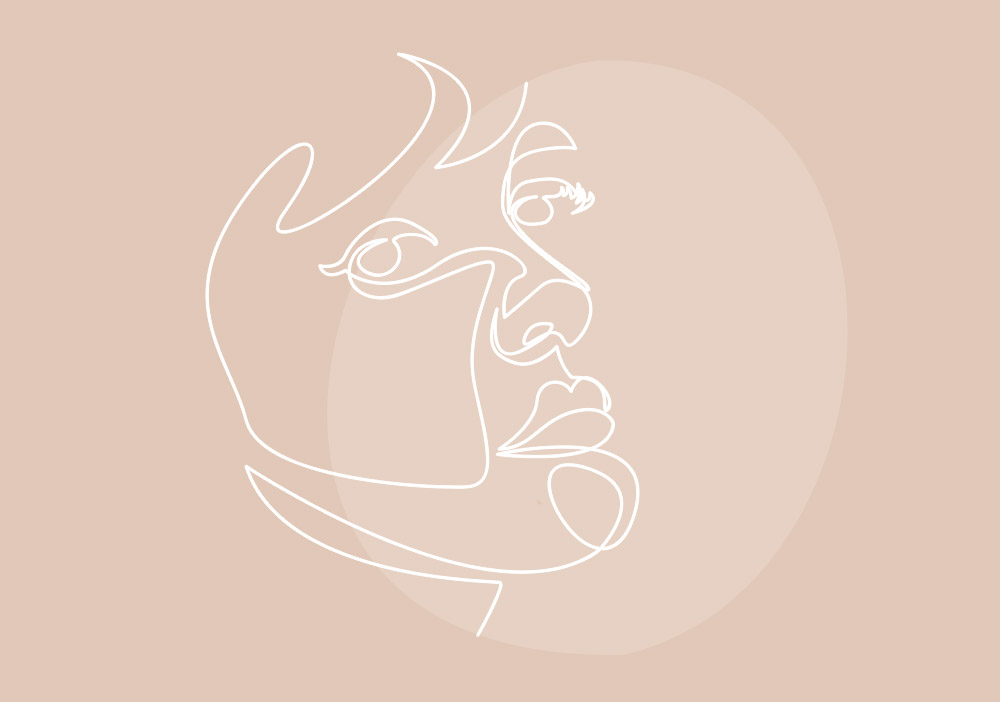What is skin resurfacing?
Skin resurfacing removes a layer of skin in order to remove any blotches, scars, or wrinkles that may have appeared as a result of the natural process of aging, scarring from acne, or spending too much time in the sun.
Skin resurfacing is usually performed using a laser which removes the layer of skin with absolute precision. When the new cells form during the healing process your skin may begin to look firmer and tighter. When undertaken with a laser, skin resurfacing can usually be done as day surgery. Some patients may not fit the criteria for laser surgery – please contact our team and discuss your options.
Who would be considered for skin resurfacing?
There are many reasons why people consider undergoing skin resurfacing, some of which are environmental reasons and others, hereditary. If you have wrinkled or sun-damaged skin, (you might have wrinkles around your mouth or crow’s feet around your eyes), blotchy spots on your skin, scarring as a result of childhood acne or chicken box, or superficial scaring from a past injury or skin growth, you might be a good candidate for skin resurfacing.
How can scars be minimised?
Skin resurfacing is usually performed under general anesthetic and can be undertaken as day surgery, which means that most patients do not need to stay overnight. The treated areas will be bandaged after your procedure and you will follow an at-home care plan that includes cleaning the areas and applying ointment.
Swelling is common and your surgeon may prescribe medication to manage any swelling that may appear around your eyes.
What is expected after skin resurfacing?
One of the best treatments for looking after your skin post-operation is to ensure that it remains moist for as long as possible. You will do this using an ointment provided either by your surgeon or over the counter.
You can wash your face about two days after your treatment and you will reapply the ointment as directed by your surgeon. Your skin will form a crust or flake and this will peel away over about 10 days; keep applying the ointment and eventually move on to a hypoallergenic lotion.
Pinkness and redness as a result of the skin resurfacing can take up to a few weeks to fade, but rest assured that your skin will return to its normal tone.
What are the potential risks associated with this surgery?
Risk-free surgery is very difficult to come by and as such it is important that you discuss any questions or concerns you may have with your surgeon during your pre-surgery consultations.
After skin resurfacing, infection or abnormal healing of the skin may occur, but this is relatively uncommon if you follow post-operative procedures to ensure your recovery goes smoothly.
If you do suffer from skin conditions such as allergic reactions or HSV (herpes simplex virus), then it is best to discuss this with your surgeon during your consultations so that outbreaks can be minimised.
Pre-operation requirements
During your pre-operation consultations your surgeon will discuss any skin conditions you may be predisposed to, as skin resurfacing can trigger HSV or allergic reaction outbreaks. Your surgeon will also discuss medications and supplements that may affect clotting and how to minimise the use of these in the lead up to your surgery.
Smokers are encouraged to stop or quit smoking in the lead up to any surgery and after the surgery has taken place, as smoking can affect healing times and sometimes smokers are prone to complications.
Your surgeon may take some ‘before’ photos that can be attached to your medical records.
What do I need to know before booking a plastic surgery consultation?
From 1 July 2023, anyone considering cosmetic surgery will be required to provide a GP Referral to their Plastic Surgeon, in accordance with new guidelines for cosmetic surgery from AHPRA (The Australian Health Practitioner Regulation Agency). All clients will also require 2 consultations with their Surgeon, including at least one of these consultations being face-to-face and booked at least seven days prior to your procedure.
How much does skin resurfacing cost?
The price of our plastic surgery services will largely depend on your unique case. Costs includes the surgeon’s fees, as well as all necessary pre- and post-operational care, anaesthetic and theatre fees. Indicative pricing will be discussed upon completion of your initial consultation.
Many methods have been used to renew sun damaged and ageing skin, but laser remains the most technically advanced skin rejuvenation method for achieving consistent, relatively risk free skin resurfacing.
The advantages of the laser over other skin resurfacing methods is the accuracy with which the treatment can be administered. The surgeon can precisely control the power, spot size and the dwell time of the laser, with no surgical incisions, minimal injury to surrounding skin, less swelling, little or no bleeding and one treatment may last for many years.
Laser is also one of the most aggressive non-invasive methods of skin resurfacing. The laser beam works by literally heating the skin with short bursts of intense pinpoint light until its water content boils, vapourising away layers of skin and, as a result, stimulating the production of collagen and younger, smoother skin cells.
Skin is removed to varying depths, depending on the severity of its condition. Discomfort after laser resurfacing is considerable, with swelling and pain that is similar to a severe case of sunburn, lasting about a week. The areas treated remain red, shiny and tight for some weeks, during which time they can be covered with camouflage make-up. Redness is a sign that collagen remodelling is taking place, so the longer it lasts, the better the result should be.


